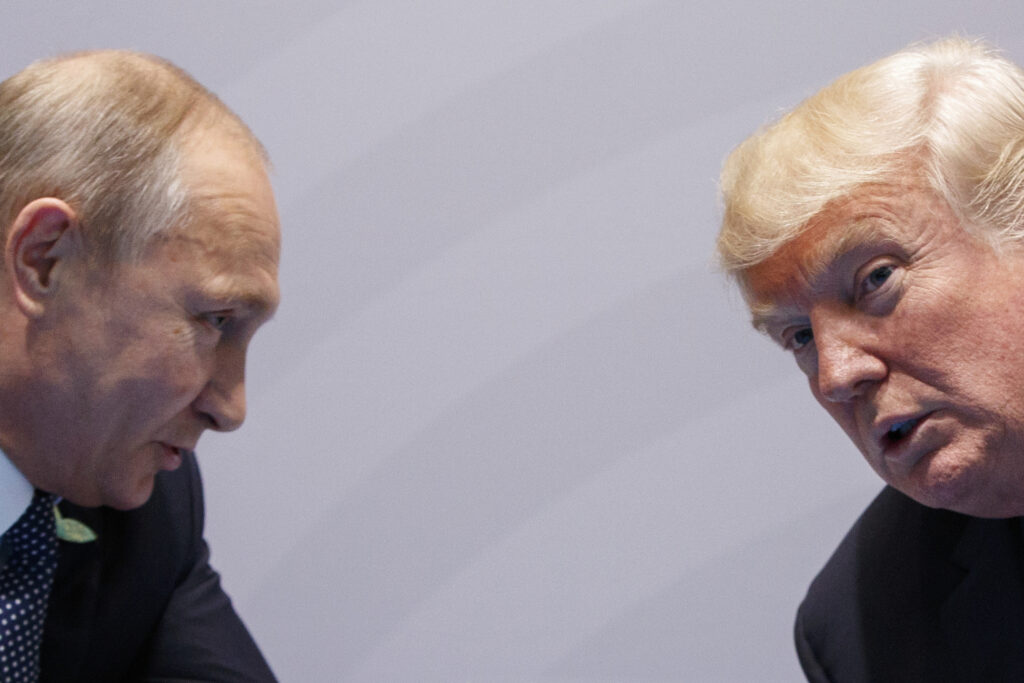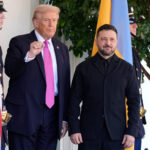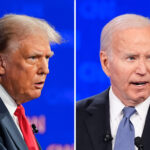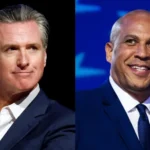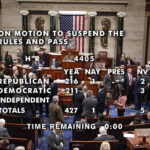Trump-Putin Alaska Meeting Could Shape Ukraine War’s Future/ Newslooks/ WASHINGTON/ J. Mansour/ Morning Edition/ President Donald Trump and President Vladimir Putin are meeting in Alaska to discuss a possible peace deal to end the Russia-Ukraine war. The absence of Ukrainian President Zelenskyy has raised concerns among Western allies. The outcome could reshape global security and redefine U.S.-Russia relations.
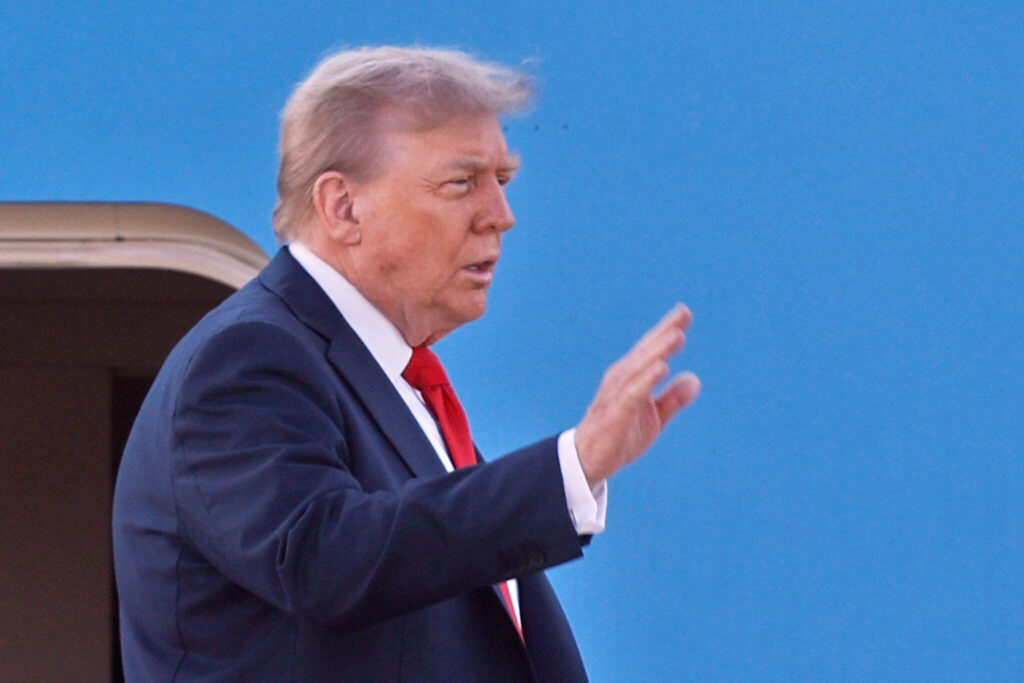
Trump-Putin Alaska Meeting Quick Looks
- Meeting Location: Joint Base Elmendorf-Richardson, Anchorage, Alaska
- Time: Scheduled for 11 a.m. AKDT / 3 p.m. EDT
- Key Focus: Negotiations toward a Ukraine ceasefire and broader security deal
- Ukraine Not Invited: President Zelenskyy excluded from initial summit
- Trump’s Position: Open to negotiations, but warns Russia of consequences
- Putin’s Goals: Secure territory, block NATO expansion, regain global standing
- Security Guarantees: U.S. may offer non-NATO-based assurances to Ukraine
- Western Concerns: Allies urge Ukraine’s involvement in any peace process
- Global Interest: Countries like China and Iran monitoring U.S. posture
- Venue Significance: Cold War-era U.S. base near Russia, steeped in history
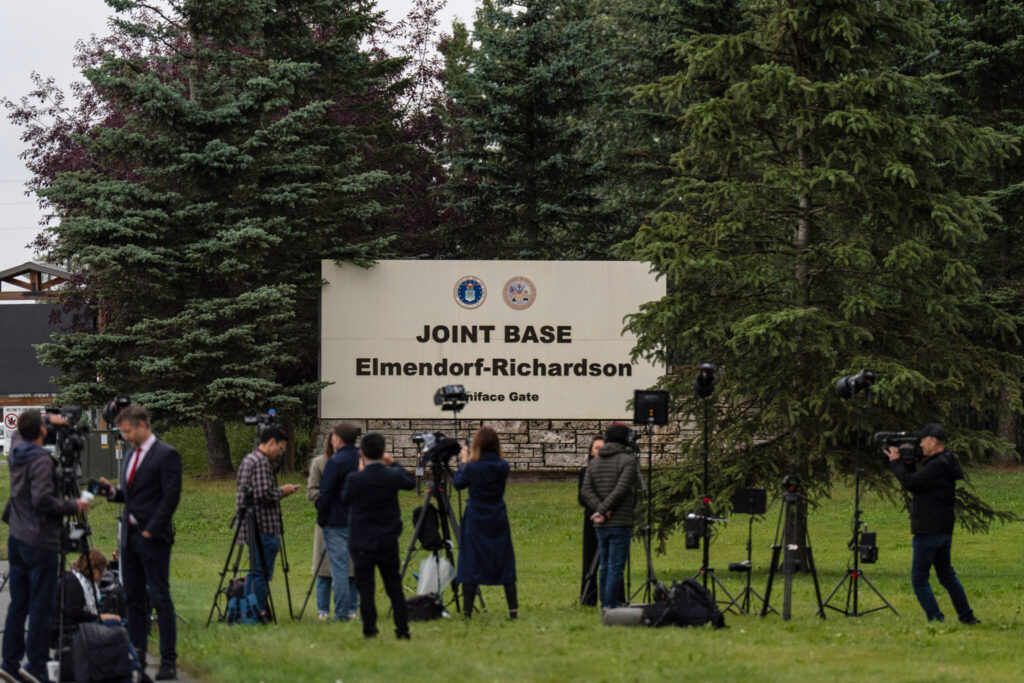
Deep Look: Trump and Putin Hold High-Stakes Alaska Meeting as Ukraine Watches from the Sidelines
ANCHORAGE, Alaska – August 15, 2025 — President Donald Trump is meeting Russian President Vladimir Putin today in a strategic and controversial summit that may define the next chapter of the Russia-Ukraine war and reshape transatlantic security dynamics. The summit, taking place at Joint Base Elmendorf-Richardson in Alaska, marks the first face-to-face between the leaders since Trump’s return to the White House.
With Ukraine notably excluded from the discussions, the meeting has sparked concern among European allies who warn that any deal reached without Ukrainian involvement may undermine the integrity of global diplomacy.
A Test of Leadership and Diplomacy
Framed by Trump as a test of his deal-making prowess, the summit provides the former real estate magnate turned president an opportunity to broker a ceasefire in a war that has claimed tens of thousands of lives since Russia invaded Ukraine in early 2022. Trump and his allies have long portrayed him as a leader uniquely capable of ending the war through direct negotiation.
Putin, on the other hand, enters the talks with a different set of objectives. He seeks recognition for Russia’s territorial gains, a commitment to halt Ukraine’s NATO ambitions, and a shift in global perception that restores Russia’s place as a dominant geopolitical force.
Ukraine Excluded from the Table
One of the summit’s most controversial aspects is the absence of Ukrainian President Volodymyr Zelenskyy. Critics argue that holding negotiations about Ukraine without Ukraine undermines the principle of sovereign self-determination.
Trump downplayed the concern, stating, “I’ve got to let Ukraine make that decision,” referring to territorial concessions. He added, “I think they’ll make a proper decision.”
Trump also floated the idea of hosting a second, three-way meeting with Zelenskyy and Putin if progress is made, though no timeline was offered, and Russia has not agreed to that format.
Putin’s Strategy and Western Sanctions
Putin’s objectives appear rooted in solidifying control over occupied territories and halting Ukraine’s integration with Western institutions. Moscow has maintained that any ceasefire must include a freeze on Ukraine’s military mobilization and a halt in Western weapons deliveries—terms flatly rejected by Kyiv and its allies.
The summit location, a Cold War-era military base, provides both leaders with security and historical symbolism. Alaska, once a part of the Russian Empire, lies just three miles from Russia at its narrowest point and has long served as a military monitoring post for Russian aircraft entering U.S. airspace.
Russian Foreign Minister Sergey Lavrov was dismissive of Trump’s prediction that the summit has a 25 percent chance of failure.
“We never plan ahead,” Lavrov said, emphasizing that Russia brings a clear and consistent position to the table.
Trump’s Shifting Goals and Global Audience
In recent interviews, Trump has offered mixed messages about his goals. While initially calling the meeting a “feel-out” session, he has also warned of “very severe consequences” for Russia should Putin not cooperate. Trump has claimed that Putin may intimidate other world leaders but asserted, “He’s not going to mess around with me.”
Foreign policy experts and adversarial governments alike are closely watching to see whether Trump follows through on these threats or reverts to his prior record of deflecting accountability in favor of maintaining diplomatic relations.
Andrea Kendall-Taylor, a senior fellow at the Center for a New American Security and a former intelligence officer, stated that China, Iran, and North Korea will be studying Trump’s tone and follow-through.
“They’re assessing whether the pressure he promises to apply is credible or another walk-back,” she said.
Ukraine’s Resilience and European Warnings
On the battlefield, Ukraine continues to face daily bombardments from Russian forces along a front line stretching over 600 miles. Despite significant resistance and continued Western aid, the Ukrainian military is under increasing strain. President Zelenskyy has repeatedly stated that Putin’s calls for negotiation are simply stalling tactics to avoid further sanctions.
European governments have been clear in their support for Zelenskyy’s position. In a flurry of recent meetings with U.S. officials, leaders from Germany, France, and the U.K. emphasized that any future peace plan must include Ukraine as a full participant.
Meanwhile, pro-Kremlin commentators in Moscow see Ukraine’s exclusion from the Alaska summit as a potential wedge between the United States and Europe.
Dmitry Suslov, a Russian political analyst, said he hoped the summit would “weaken Europe’s unified front” and force NATO to recalibrate its position.
Symbolism and Legacy
The summit venue holds both strategic and symbolic meaning. Joint Base Elmendorf-Richardson played a key role in U.S.-Soviet Cold War deterrence. Its proximity to Russia and its continued role in intercepting unauthorized aircraft underscore its importance in U.S. military history.
Some critics questioned the optics of hosting Putin on U.S. soil. Trump responded by calling Putin’s visit to America “very respectful,” suggesting it was a strong gesture of goodwill.
As the summit unfolds behind closed doors, the world watches closely to determine whether this Alaska meeting leads to real progress—or simply reinforces existing divides.

